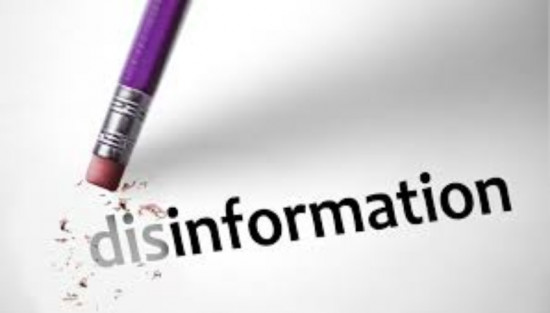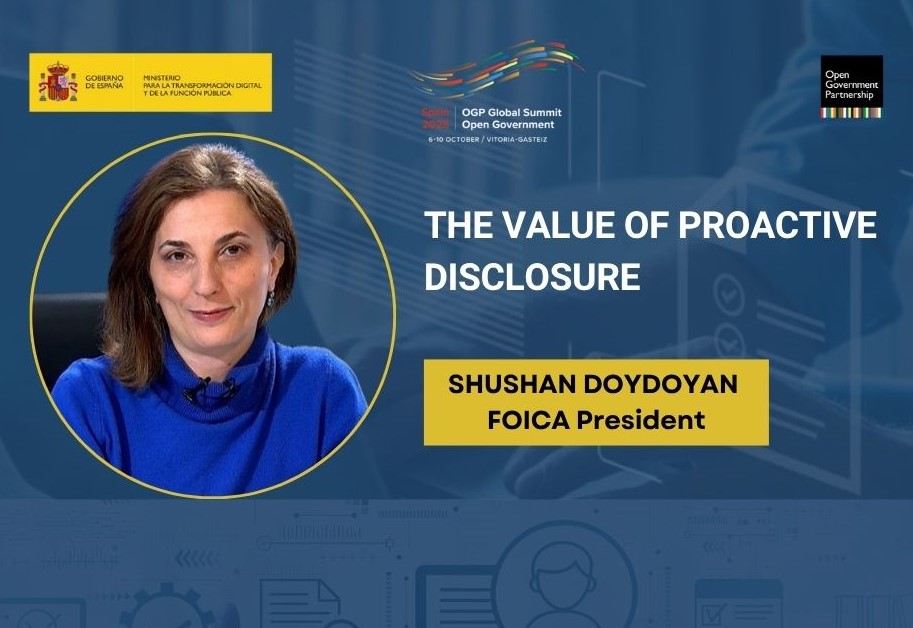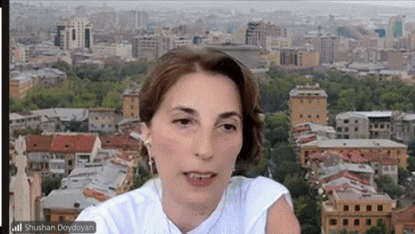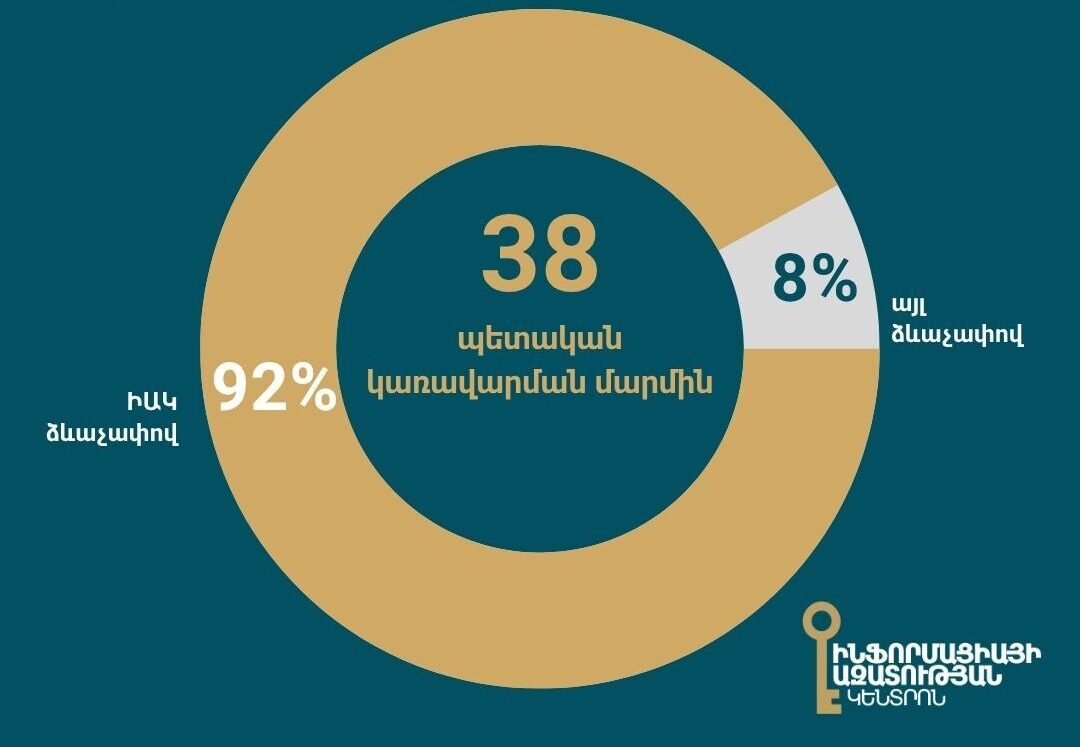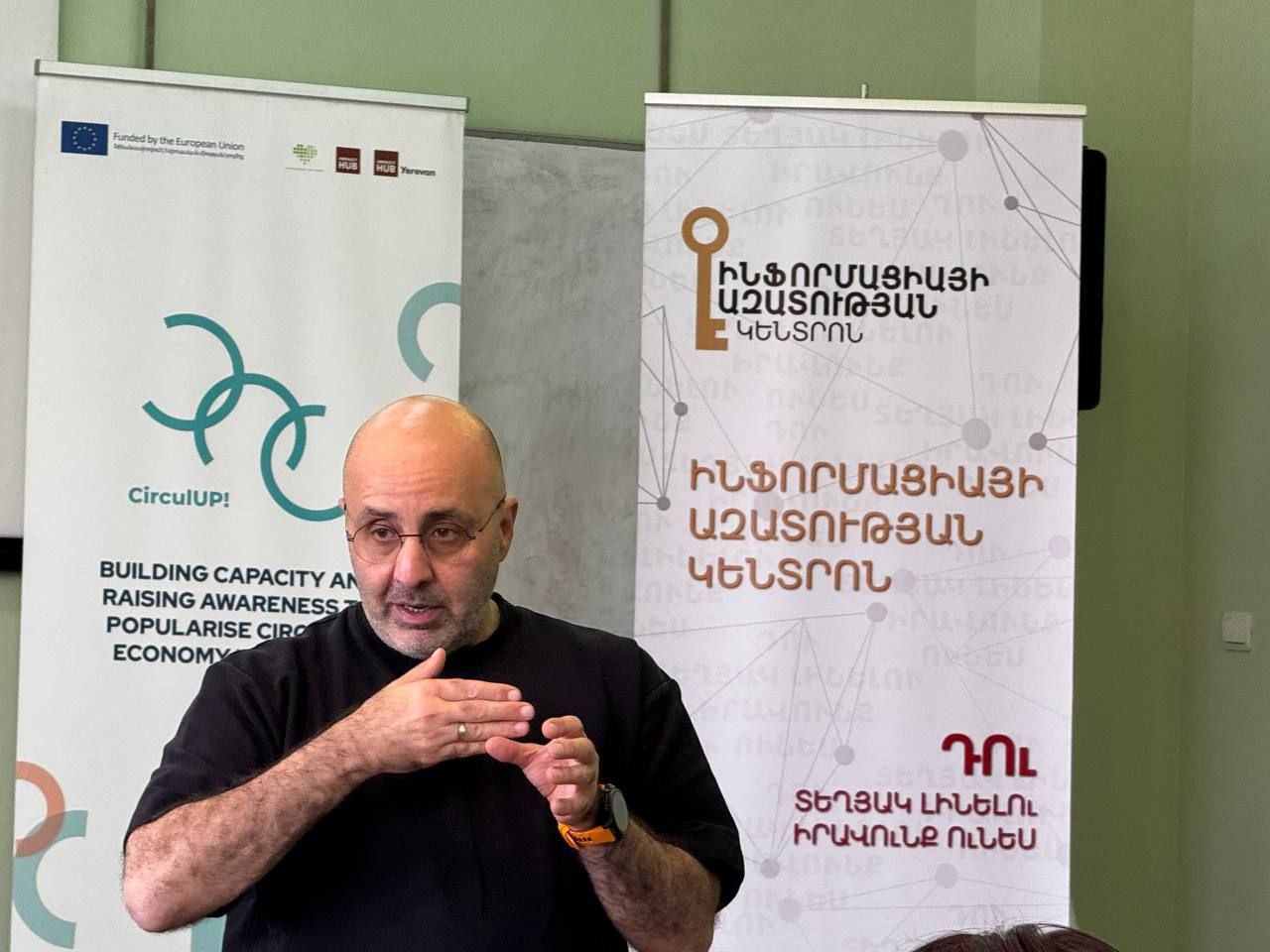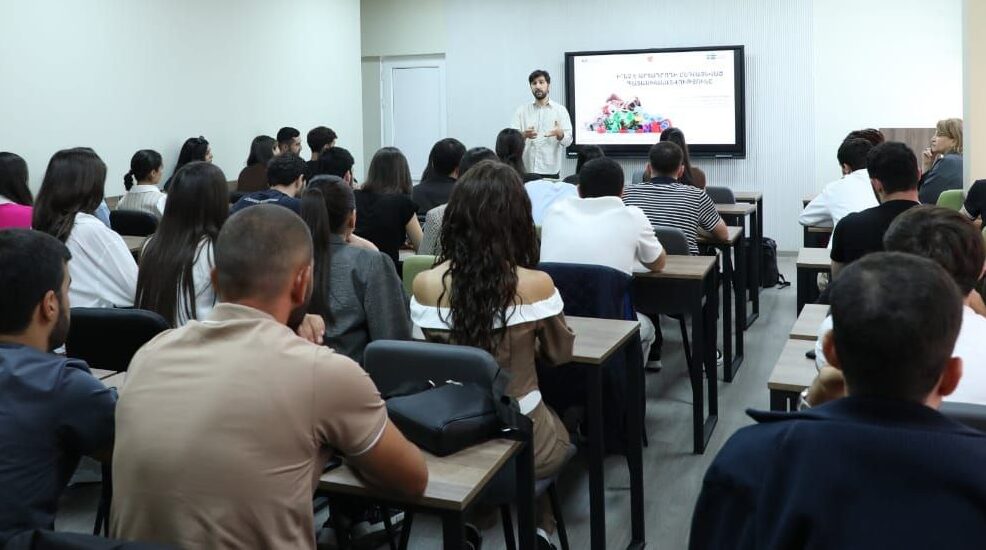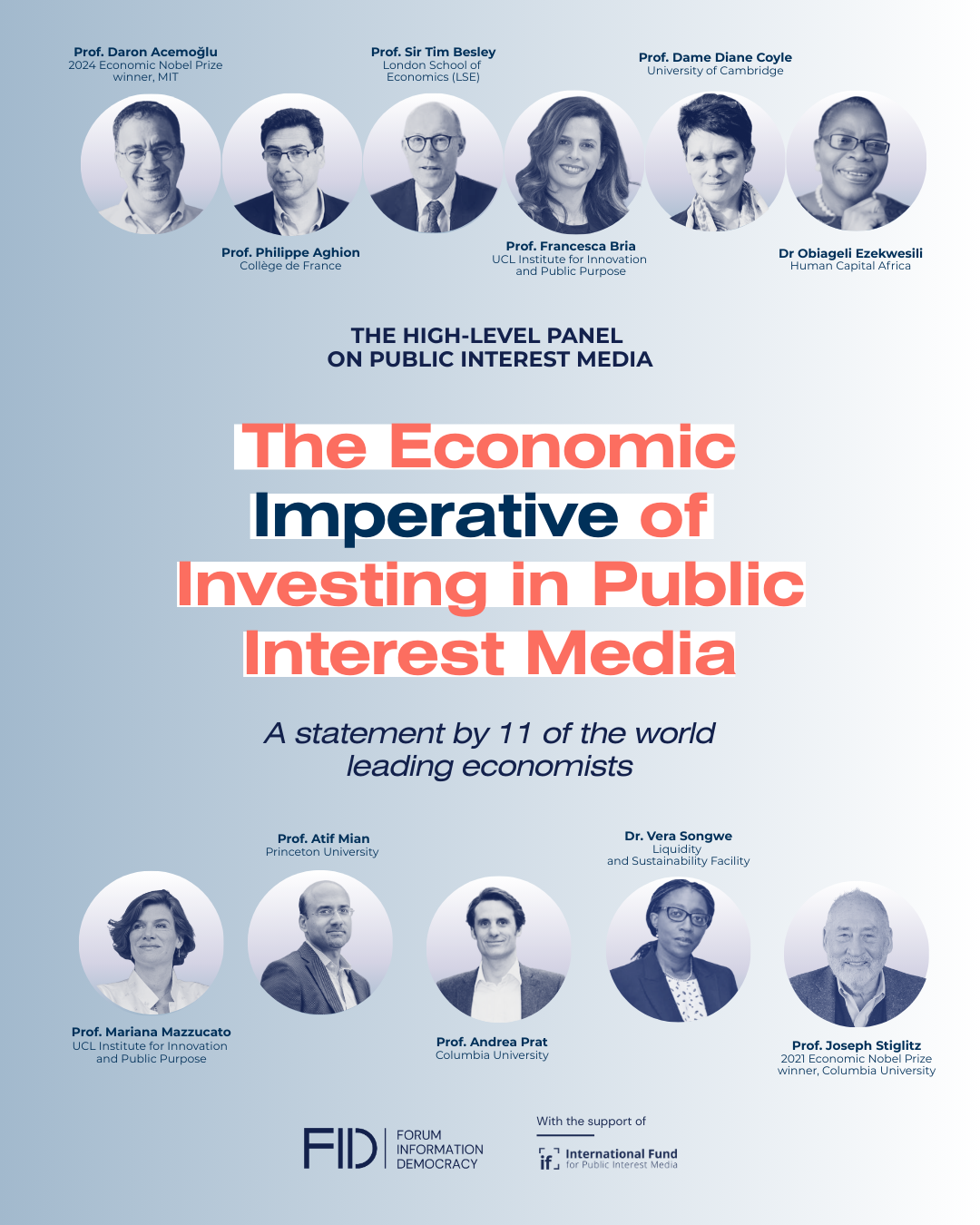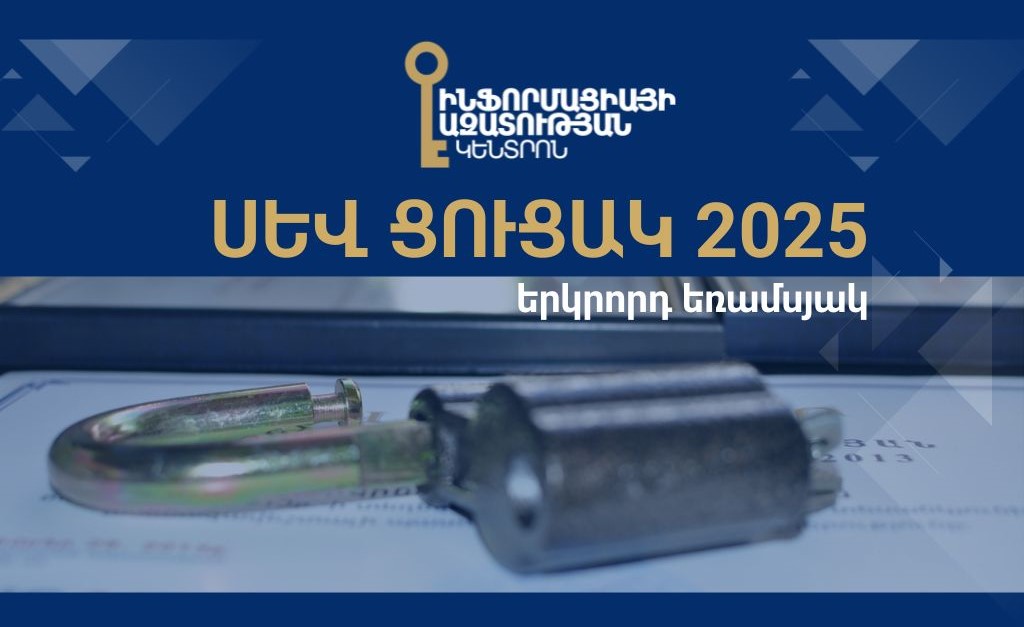Considering the changes in the media environment and reality in Armenia, there is a need to develop new legal regulations and methods to debunk misinformation and fake-news, counter-managing newly appeared risks, as the current regulations do not contribute to the improvement of the media environment. In this context, the recent legal solutions and mechanisms suggested by the authorities are mainly pursued by the practice of imposing restrictions, which enforces direct sanctions, fines, which is more than problematic, as it creates non-cooperative conditions and environment for media and production activities.
The research of “Mapping the Armenian media environment in the context of combating misinformation” was conducted during October-November, 2021. The aim of the research is to map the media sector of Armenia in the context of the fight against misinformation, to highlight the main influencers in the field, to explore the existing patterns of misinformation, the peculiarities of creating and spreading fake news. The research also reveals the modern methods of debunking misinformation and the fight against fake news, the fact-checking tools that are used by the Armenian media outlets.
The primary objectives of this research document is:
a) to support the public sector, state bodies and agencies, non-profit initiatives and organizations in developing media policies in the current conditions, so that the latter can correctly assess the reality of the Armenian media in terms of developing legal regulations or self-regulatory mechanisms.
b) introducing the Armenian media environment, highlight the main influencers in the context of the dissemination and circulation of misinformation, helping to avoid misperceptions of social reality.
c) collect current misinformation debunking programs implementing in Armenia,
d) identify the patterns of creation and dissemination of misinformation and their characteristics, dangers and problems they bring to the society.
The research was conducted by mixed methods, combining expert interviews, and monitoring of the influencers’ activities of Armenian media environment. The research includes also previously available survey and study documents on the topic.
We have summarized the main findings of the research with the following conclusions:
1. Based on the assessments of experts, it was possible to state that due to a number of phenomena and processes conditioned by the coronavirus, war, aftermath and internal political tensions, the flow of misinformation and fake news has significantly increased in Armenia.
2. Public trust in the media is quite low. Among the reliable media houses, there are mainly TV companies that have nationwide broadcasting. There is almost no public trust in the information of online media.
3. TV companies in Armenia continue to be the most influential media.
4. When identifying creators and disseminators of misinformation, experts generally highlighted several concrete groups of sources.
5. The main platforms for disseminating misinformation are the high-visibility media, in particular, on television, social media which active are used in spreading fake narratives.
6. To simplify the main characteristics, patterns and peculiarities of the circulating misinformation, a scheme based on expert assessments is presented, which includes three bases: creator of information, message and communication context. Everything can be conditionally grouped on three grounds: “who says”, “what’s and how its was said”, “why or in what context it was said”.
7. Illegal refusal of journalists’ access to information requests or incomplete responses or illegal delays cause problems in terms of dissemination. In particular, when state bodies do not provide timely, complete information, as well as when they do not proactively publish information, this creates fertile ground for misinformation, false news, distorting government-public communication.
8. Public administration bodies do not act proactively. On their own initiative, they do not fully disclose information related to their activities based on the principles of accessibility, timeliness, completeness and accessibility. The official websites of state bodies do not fully meet the necessary standards of transparency and effective communication. The documents published on the official websites do not correspond to the open data format. And it becomes difficult or impossible for journalists to compare, analyze different documents, re-use the public information.
9. The continuous growth of misinformation and fake narratives is a great danger in the context of Armenia’s success in democratic processes. Misinformation also poses a serious threat to society, not contributing to the development of the information sector, where fact-based debate does not go beyond contextual information manipulation, political manipulation and falsification.
10. Government officials and state agencies miscommunicate on sensitive topics such as war and its aftermath, which increases information risks and insecurity. Of particular importance is the issue of prisoners of war and demarcation and delimitation discussions and processes taking place along the line of contact between Armenia and Azerbaijan, which often brings the Armenian information environment misinformation, fake news through the Azerbaijani information flows. Not having a comprehensive strategy of measures on how to combat such cases, the Armenian media environment responds to the situation by circulating these false narratives until the moment when the state agencies find time to respond.
11. Some factors bring dangerous rumors and misinformation about the pandemic including the circulation of conspiracy theories. The media field is full of fake narratives, which diverts the public’s attention from public health guidelines and recommendations.
12. Despite concerns about the dissemination of misinformation, experts claim that, unlike more professional fact-checking journalism platforms and editorial boards, there is no constant, organized fight against misinformation in the Armenian media environment, and it is not countered by other media houses. The latter is more concerned with creating its own content than fighting against misinformation. There are several newsrooms and initiatives of fact-checking journalists in Armenia, the aim of which is exclusively to fight and debunk misinformation.
13. Political actors continue to use fake news, rumors about the activities of NGOs, international donors, and their alleged political goals. This allows targeted campaigns against these NGOs to be used to divide society, lose civil society trust, and undermine democracy.
14. As a result of the assertions of the experts, it has been highlighted that there is no document, policy, strategy or action plan that has been developed or adopted by the state. The fight against misinformation is defined as a set of partial, short-term, or restrictive measures.
15. Information of public interest is not clarified by the state bodies in a timely and accessible manner, creating a gap, which is either filled with fake-narrative information, or remains empty, undermining public confidence in the information of officials.
16. In the last two years, the Government and the National Assembly have from time to time come up with various legislative initiatives in an attempt to create certain restrictive arrangements to combat misinformation, hate speech and reduce illegal content. However, these legislative initiatives were mainly partial and episodic in their nature. According to experts, they were mainly assessed by the professional journalistic community as pressures on freedom of speech and media activity.
![]() Mapping the Armenian media environment in the context of combating misinformation” research
Mapping the Armenian media environment in the context of combating misinformation” research

